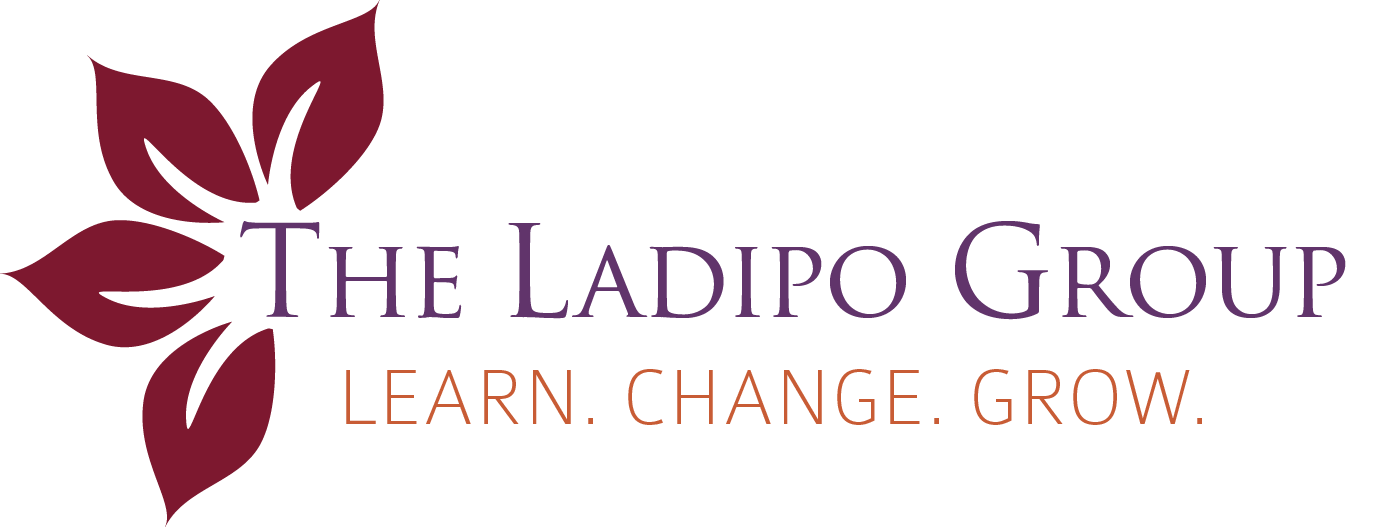How do you give feedback in a culture that prioritizes niceness?”
An attendee asked during last week’s webinar, and I haven’t stopped thinking about it.
While niceness sounds good, comfortable, polite, and conflict-free, it often masks something else entirely.
Nice-nasty.
![]() Agreeing publicly, then undermining privately
Agreeing publicly, then undermining privately
![]() Smiling in meetings, then bad-mouthing the idea (or person) later
Smiling in meetings, then bad-mouthing the idea (or person) later
![]() Talking about collaboration, then excluding people from key decisions
Talking about collaboration, then excluding people from key decisions
“Nice” workplace cultures don’t just avoid discomfort; they breed distrust. I shared a 30-second reflection on this right after the webinar.
Trying to give feedback in that kind of environment is risky.
Earlier in my career, I made a comment to a colleague that I didn’t think was controversial. It was a simple fact. She burst into tears.
[Read more here: You Don’t Have to Be Friends to Work Well Together.]
At work (and beyond), we won’t always agree, share the same perspective, or even like each other. When we do, it’s an incredible bonus. But it’s not a requirement.
The purpose of work is to earn a paycheck, accomplish the organization’s goals, and, if we’re lucky, derive some meaning from what we do.
Giving feedback to people who already think like you do? Easy.
But that’s rarely the reality.
So how do we communicate clearly and respectfully when:
The culture rewards silence, and speaking up is seen as disruptive?
We fear retaliation, the overt and quiet consequences of not being “nice”?
We know it needs to be said for the good of the work, but saying it risks being labeled as “mean”?
That’s the nuanced, human side of feedback that’s the most challenging.
The questions that poured in after last week’s Feedback Equation webinar were thoughtful and full of the messiness that comes with life at work.
Next month, we’re going deeper.
 Risky but Necessary Feedback: Navigating Power, Emotion, and the Fear of Getting It Wrong
Risky but Necessary Feedback: Navigating Power, Emotion, and the Fear of Getting It Wrong
 Tuesday, November 18, 2025, 12:30pm – 1:15pm ET
Tuesday, November 18, 2025, 12:30pm – 1:15pm ET
Can’t join live? Register anyway, and we’ll send you the recording and handout.

